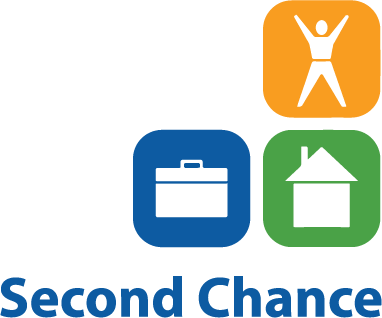PREVENTING RECIDIVISM: YOU'VE JUST BEEN RELEASED. NOW WHAT?
For those recently released from jail, adjusting to life on the outside can be extremely difficult. Read on to learn about how to prevent recidivism.
It’s the last day of your sentence and you’re looking forward to breathing the free air again. You walk outside of the steel barbed wire fence at last and look at the open world before you. You take a big breath of fresh air and promise yourself you’ll never return to the cell where you spent the last twenty years.
For many, this moment of happiness is fleeting, as they soon discover they’ve been released into a world that turns out to be yet another prison cell with every door locked to them. Unfortunately, most prisoners are released with few options other than returning to crime, which inevitably leads them back to prison. They are thrust into an endless cycle of exclusion, unemployment, homelessness, and ultimately a return to the prison cell from which they were released. (67% of people released from prison in California return in one to three years.)
It is for this reason reducing recidivism is the key driver of Second Chance’s vision. Preventing recidivism means providing individuals with an opportunity to find housing, gain employment, access healthcare, regain a driver’s license, seek education and guidance. The world they knew before prison may have changed drastically – smartphones, online applications, automated systems, Facebook, Instagram – what does it mean and who will teach them?
Seeking to answer that question, hundreds of individuals have come to Second Chance to participate in our Job Readiness Training (JRT) program and/or our Sober Living Housing program. JRT course activities are largely accomplished in a group setting to nurture teamwork and interpersonal skills. Upon graduation of the program, graduates receive two years of case management and assistance with job placement.
Some prisons are now offering opportunities for prisoners to learn the skills they need to succeed after prison, before their release. They run programs to teach inmates hard skills like engraving, baking, bicycle repair, laundry, janitorial, or culinary arts. Second Chance teaches participants how to utilize and best present these skills to potential employers.
Second Chance helps participants regain their self-worth and teaches them to apply their talents in an effective and productive way. Clients learn how to present themselves to employers and peers in a professional manner. It is the goal of Second Chance to help people leave their incarcerated lives behind and unlock the full potential that many of them do not yet know is there. Our ultimate goal is to lead the way to self-sufficiency, breaking the unrelenting cycles of incarceration and poverty.
- By guest blogger Oliver Brewer, student at College of William and Mary, Williamsburg, VA., and marketing intern for Second Chance.
Would you like to support the Job Readiness Training program? You can make a monetary donation today by contacting Maureen Polimadei at 619-839-0953, or by making a secure online donation.

